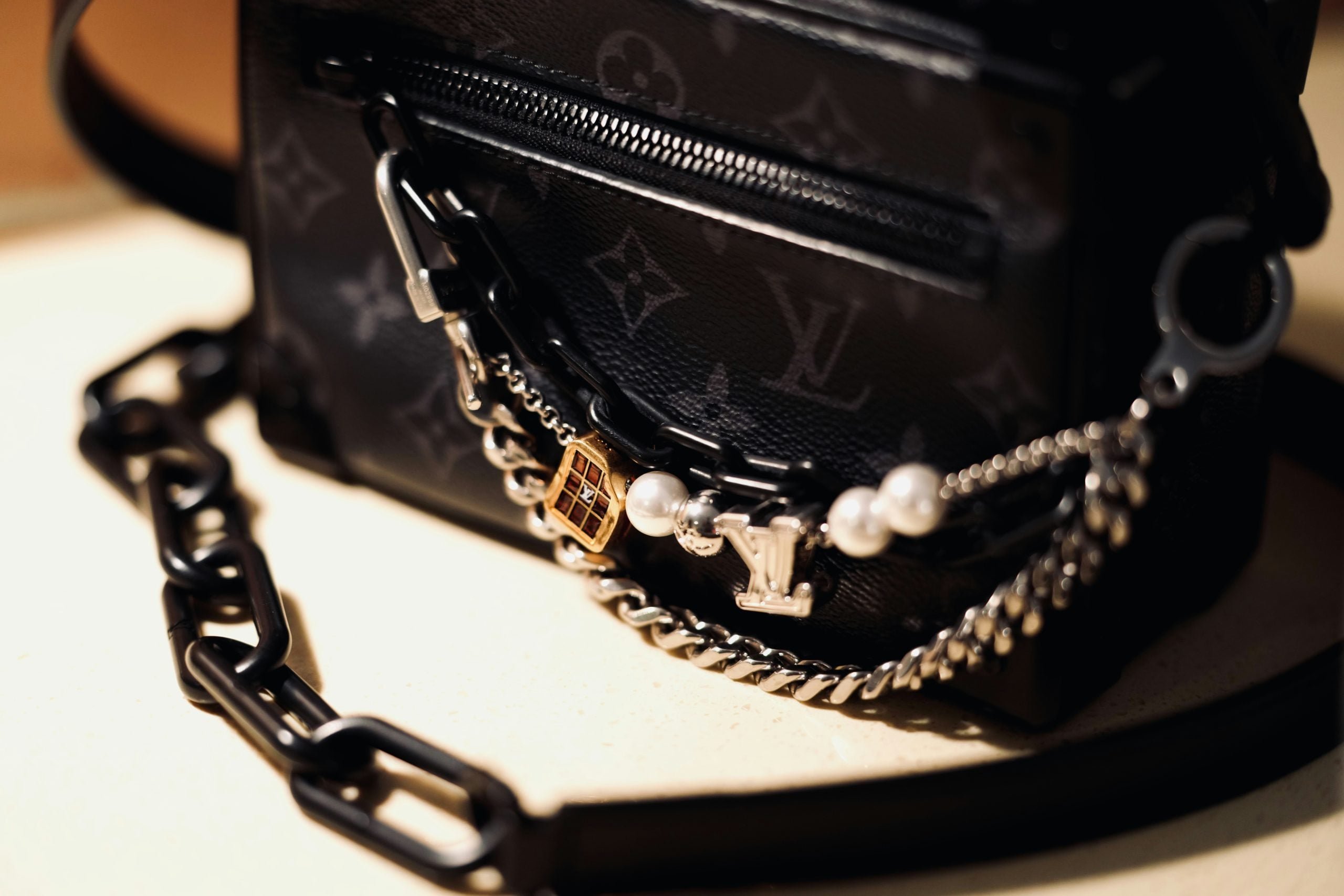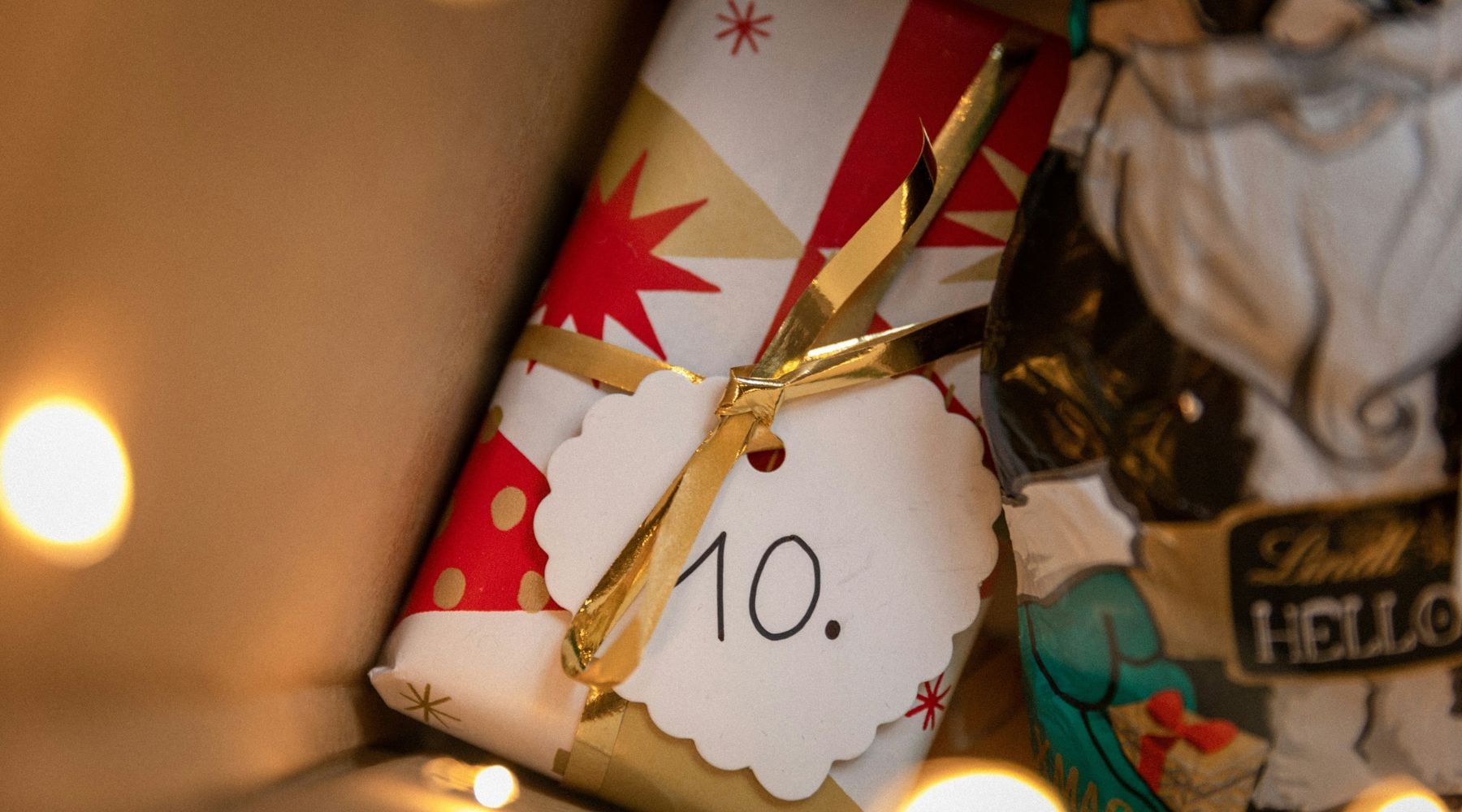
Is getting your ears pierced still in style?
This publication is also available in: Français
English (UK)
Deutsch
Italiano
Español
The piercing of the earlobe or cartilage is a widespread practice that dates back thousands of years. This form of body expression has evolved over the years and is not only adopted by women but also by men. Ear piercing has gained its status and is now an integral part of the contemporary beauty and fashion universe.
A Brief History of Ear Piercings
Ear piercing is a practice that dates back to early primitive societies. Stone labrets were inserted into the lobes and at the lower lip of the Mursi (Ethiopia) during the Neolithic period. In ancient Egypt, ear piercings were worn according to social rank. Those of a higher social rank were the ones who exclusively adopted gold ear piercings. Even though ear piercing was considered a pagan practice by the Church in the Middle Ages, this jewelry regained popularity during the Renaissance period. Ear piercings were seen at that time as essential jewelry for women.
In the 1970s, ear piercings became increasingly associated with collective claims, self-acceptance, assertion… Today, ear piercings are adopted by many people, regardless of age, gender, background, style, and social class. Ear piercings are therefore still trendy and are now deeply rooted in civil society.

What Types of Ear Piercings Exist?
There are different types of piercings, and the choice can vary based on your preferences.
Tragus and Anti-Tragus Piercing
This piercing is done at the small fold of cartilage skin covering the ear canal. The anti-tragus piercing is located on the upper part of the ear, opposite the tragus. The healing time for this piercing varies from 2 to 12 months. After getting the tragus or anti-tragus piercing, you can choose from various types of jewelry, including small hoops, studs, and small straight barbells. The jewelry is generally small and can be very elegant.
Lobe Piercing
Being one of the most common and simplest types of piercings, it involves piercing the fleshy part located at the bottom of the ear. Lobe piercings are usually done in this area by passing through the soft tissue rather than the cartilage. Whether for men or women, this is the first place one wishes to pierce and insert hoops, earrings… Its healing time varies from 3 to 4 months. It is possible to pierce two holes in the lobe and create combinations, accumulating several pieces of jewelry.
Helix and Anti-Helix Piercing
Very trendy in recent years, the helix piercing is located at the upper part of the ear, just below the root of the ear, where the cartilage is thicker than in the lobe. Its healing time is a minimum of 8 months. As for the anti-helix, it is found on the downward curve of the ear near the tragus. You can opt for a stud or a hoop after the piercing. The healing time for the anti-helix piercing is 6 to 8 months.
Rook Piercing
It is considered one of the most painful piercings because the cartilage in that area is thick. The exact location of the rook piercing is in the fold of cartilage between the ear canal and the outer part of the ear. Depending on the person’s anatomy wishing to get this piercing, the fold may not be pronounced enough. Rook piercings allow for a variety of jewelry choices, including curved bars, hoops… The healing time for a rook piercing varies from 3 to 12 months.
Snug Piercing
This type of piercing is rare, much like the rook piercing. The snug piercing is placed in the inner cartilage fold of the ear, usually closer to the helix than to the anti-helix. It follows the curve of the cartilage, making it different from other ear piercings. This piercing can be painful for some, as it goes through thick cartilage twice. Regarding the healing time for this piercing, it ranges from 3 to 12 months depending on care.
Daith Piercing
The daith is the cartilaginous part that connects the tragus and the helix of the ear, and the piercing is generally done through this area. It is placed in the natural curve of the daith, usually perpendicular to the ear’s surface. This type of piercing is rather rare and its healing duration is also 3 to 12 months. Additionally, there are also conch, industrial, and orbital piercings.

How to Choose a Good Piercer and a Good Piece of Jewelry?
Choosing a good piercer is essential to ensure a safe piercing with an aesthetically pleasing result and successful healing. You must choose a professional who has the necessary certifications. They should master hygiene, sanitation, and sterilization practices. The piercer must use appropriate equipment to pierce your ear without causing infection. Before making a decision, you can visit the professional’s studio and ask the piercer for references or photos of their previous work. This will give you an idea of the quality of their work.
Regarding the choice of jewelry, you should consider your style and specific preferences. Choose jewelry made from high-quality medical materials, such as implant-grade titanium. This is the material of choice for initial jewelry. You should avoid jewelry made from cheap or allergenic materials. Taking the piercing area into account, choose a piece of jewelry that matches your style. You must ensure that the jewelry is not too tight, as this can cause blood circulation issues and affect healing. There should normally be space for the initial swelling that typically occurs after a piercing. Don’t hesitate to follow your piercer’s advice when choosing jewelry.



